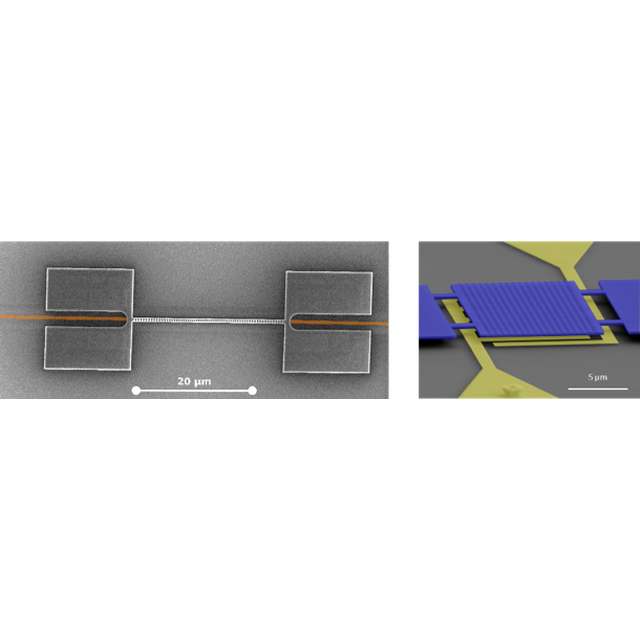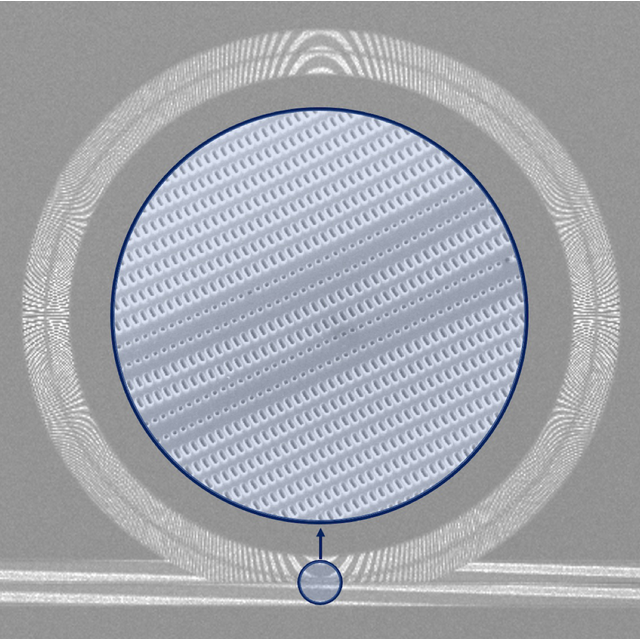
HdR defense

(in french)
Thales, , PalaiseauHdR defense

Subwavelength silicon photonics for applications in the near- and mid-infrared
, ,HdR defense
Jury Mmebers
GAUTHIER LAFAYE Olivier, Directeur de recherche CNRS, Laboratoire d’Architecture et d’Analyse des Systèmes (LAAS-CNRS). Rapporteur.
BERNAL-ARTAJONA Maria Pilar, Directrice de recherche du CNRS, Insitut Franche-Compté Electronnique Mécanique Thermique et Optique – Sciences et Technologies (FEMTO-ST). Rapporteur.
DUMEIGE Yannick, Maître de conferences (HDR), Université de Rennes (Institut Foton). Rapporteur.
GREFFET Jean-Jacques, Professeur, Laboratoire Charles Fabry – IOGS. Examinateur.
FAVERO Ivan, Directeur de recherche CNRS, Université Paris Diderot Laboratoire Matériaux et Phénomènes Quantiques. Examinateur.
LAURENT Vivien, Directeur de recherche CNRS, C2N. Examinateur.
Abstract
Silicon photonics holds the promise for large-scale and low-cost production of high-performance optoelectronic circuits. Driven by the impressive technology development in the recent years, silicon photonics is expanding its frontiers towards new applications beyond datacom, including among others, sensing, radio-over-fiber and quantum. Aiming to meet the requirements of these new applications, the Si photonics community is exploring alternative wavelength ranges and physical phenomena, with a particular interest in the mid-infrared (2-20 µm wavelength), Kerr nonlinear phenomena and optomechanic interactions.
Patterning Si with features smaller than half of the wavelength has proven to be a simple and powerful tool to overcome performance limitations of conventional silicon photonic devices. My research activity envisions the use of Si subwavelength engineering to develop novel devices and circuits exploiting Kerr nonlinearities and Brillouin optomechanics for applications in the near- and mid-infrared.
Figure caption: Subwavelength nano-structured silicon ring resonator
Carlos Alonso-Ramos obtained his PhD in June 2014 at the Universidad de Málaga, Spain, on the development of high-performance integrated photonic circuits for chip interconnects and next generation coherent transceivers. Currently he is a CNRS researcher in the Center for Nanoscience and Nanotechnology (C2N) in Palaiseau, France. His research interest include the study of linear, nonlinear and optomechanical properties of silicon photonics circuits in the near- and mid-infrared for applications in telecom, sensing and quantum. He is in charge of the group of Micro and Nanophotonic devices on silicon since 2020